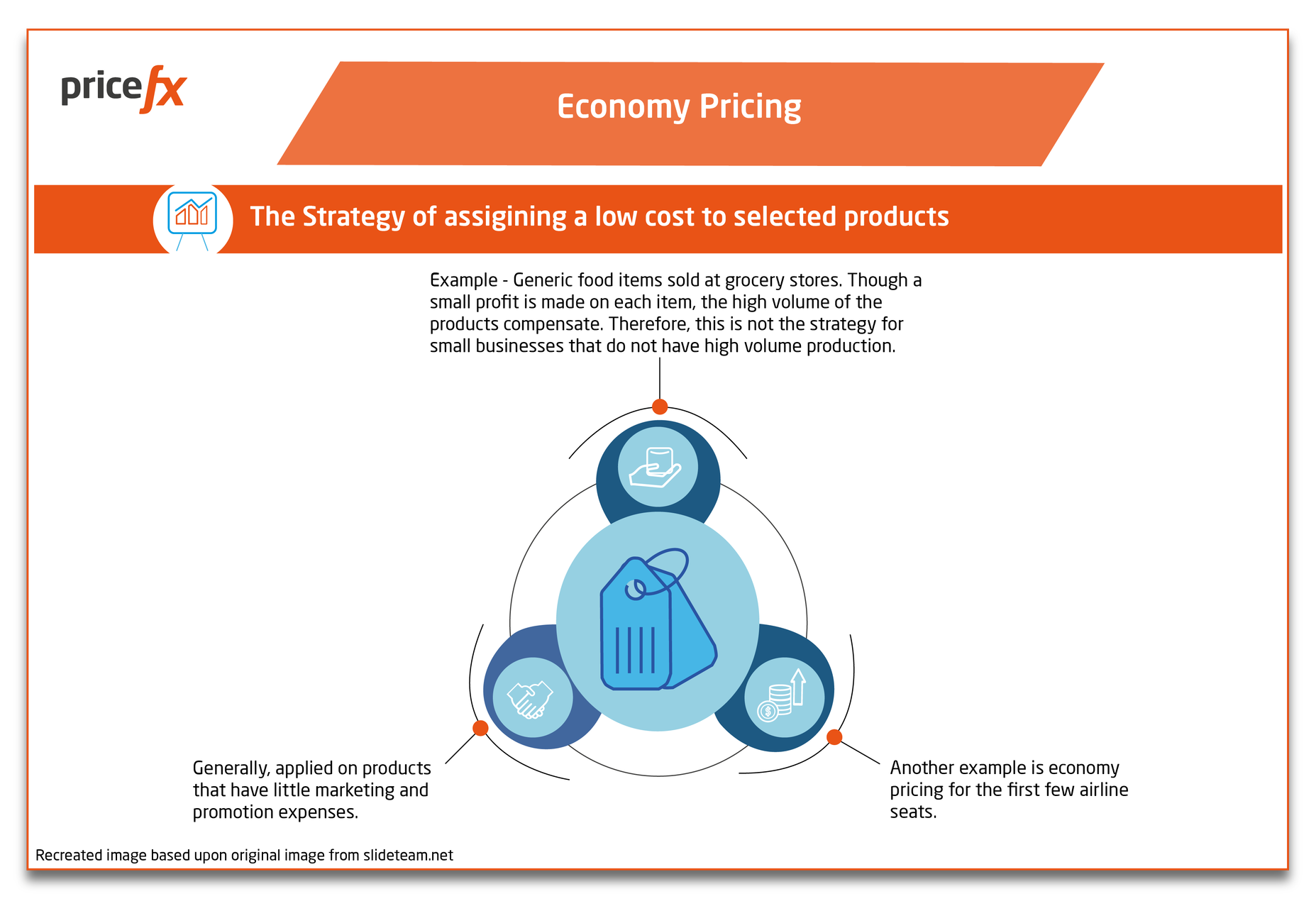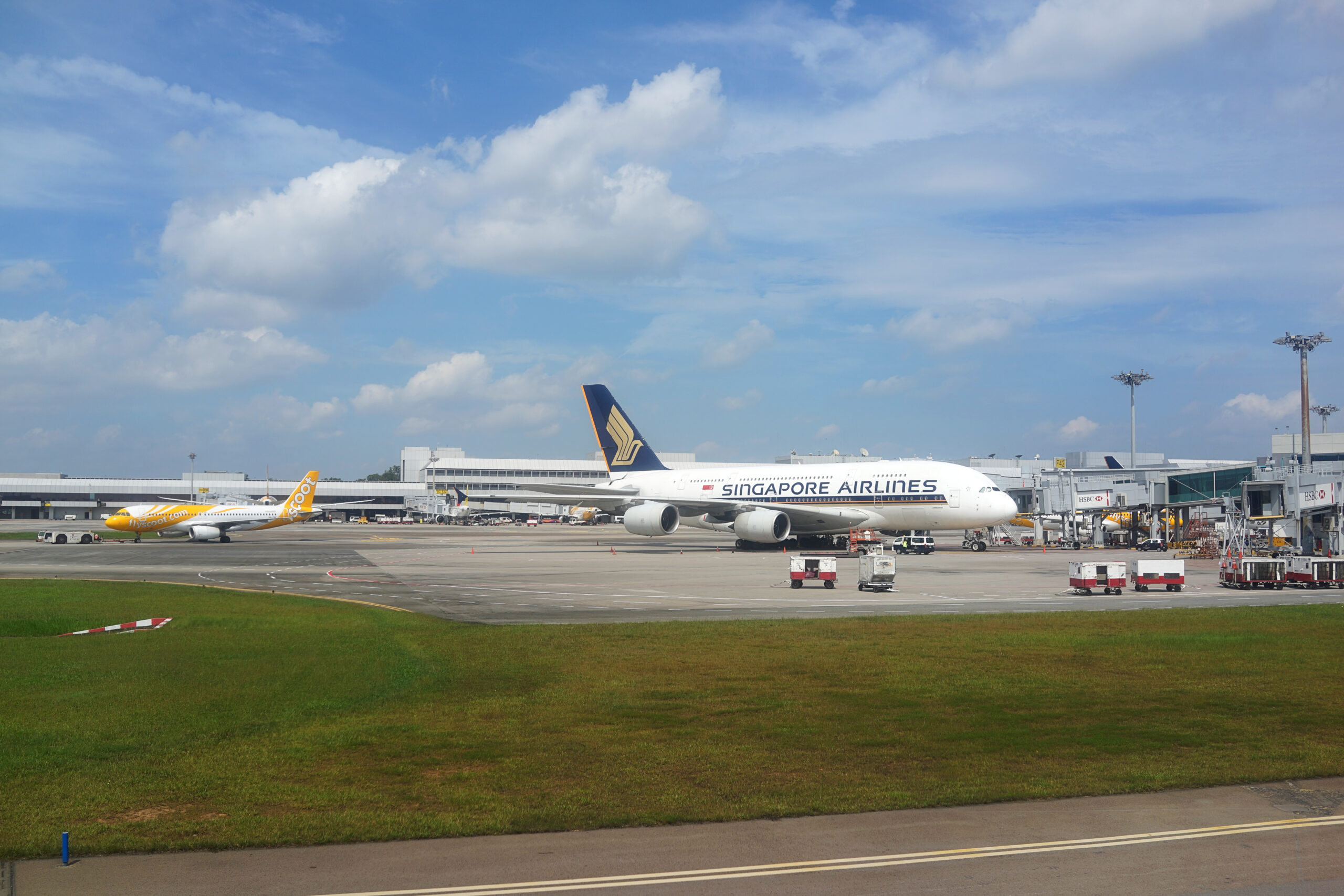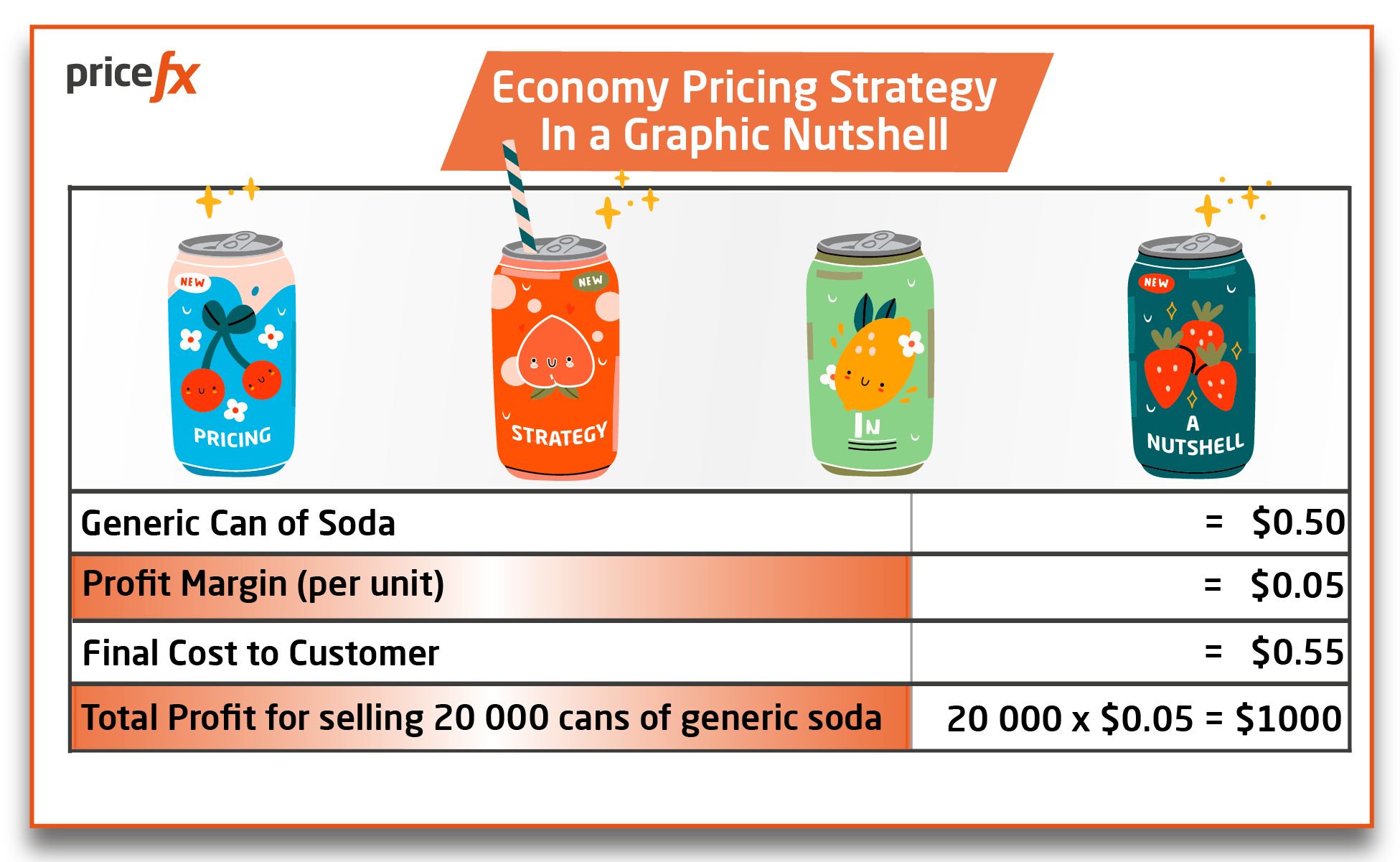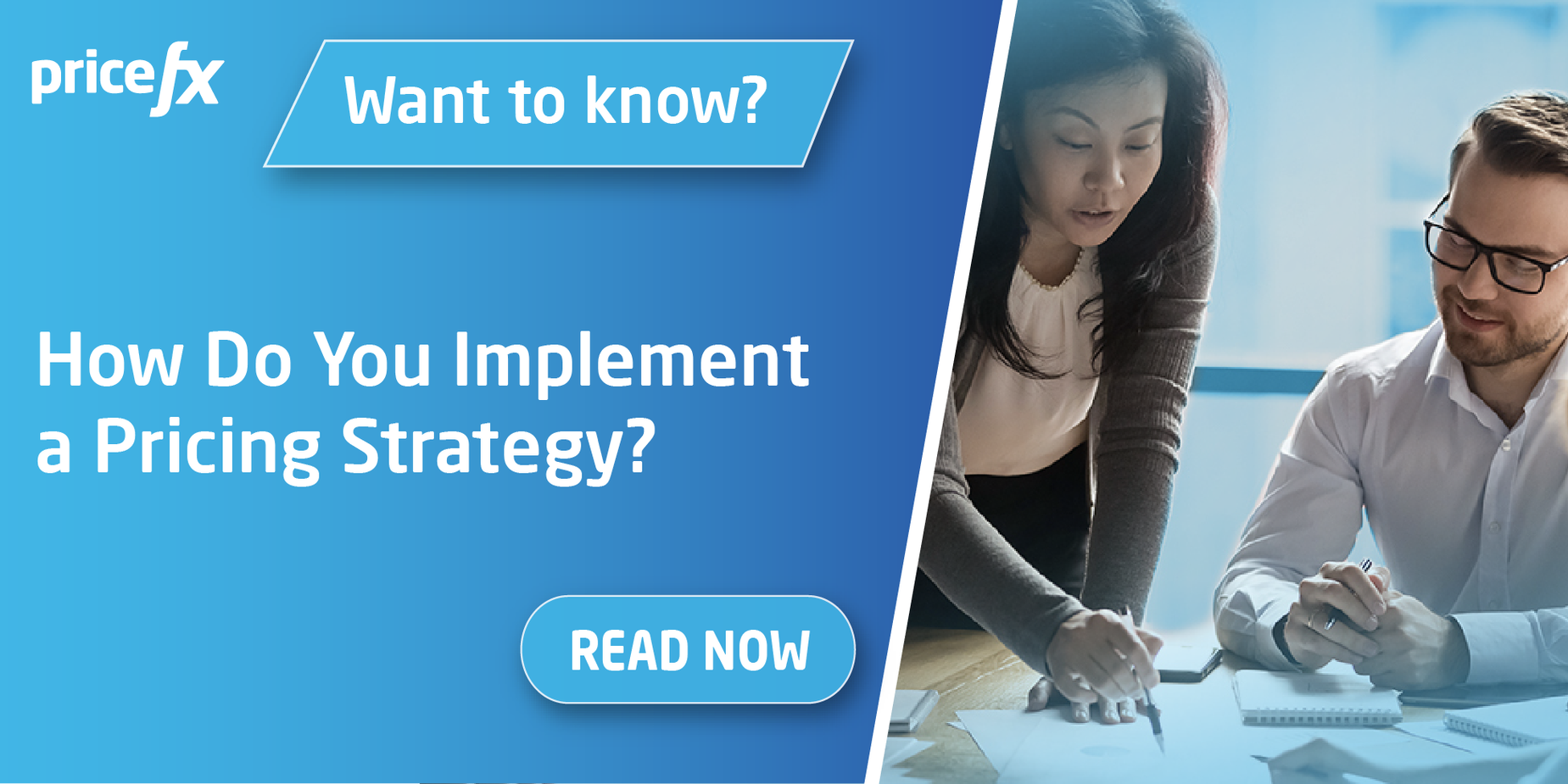Economy Pricing Strategy: What Is It & When to Use It?
May 10th, 2022 (Updated 03/10/2023) | 13 min. read
By Idrissa Diop
You have low production costs for your company’s products, but you are still struggling to meet your organization’s sales targets? It could be that that you need to consider an Economy Pricing Strategy. Also widely known as ‘Economic’ Pricing Strategy, this concept of pricing is extremely useful for companies that are keeping their overheads low. It enables businesses to price goods low and gain revenue based on many customers purchasing those low-priced goods. But if your business does not enjoy a lion’s market share or strong enough brand awareness, you may not be able to keep your operational costs low enough to make the economic pricing strategy model work for your company. Or do you want to be seen as more of a premium market competitor despite the fact your production costs are low?
At Pricefx, for more than 10 years now we have assisted hundreds of clients from all over the world optimize their prices to help build profit and align their unique business objectives with a customized data-informed pricing strategy.
But of course, to make that possible, you will need to set goals for your business. Only then can your pricing strategy reveal itself to you as a genuine option.
We’ll explain economy pricing strategy to help you decide if it is something that your business could consider a genuine pricing strategy contender. Be honest with yourself, it might not be. It could be an economy pricing strategy is what you may need in a pricing strategy for the here-and-now, but as you grow and your business shifts over time you may grow out of it (or on the other hand, grow into it) later.
After reading the information below, it should begin to become clear if an economic pricing strategy is for you or not.
So, let’s get the party started by discussing what an economic pricing strategy is and how it works, check out some examples of industries famous for their use of the strategy, suitable times to use it and if economy pricing strategy might be right for your business.
What is Economy Pricing Strategy? – The Definition
An economy pricing strategy sets prices at the bare minimum to make a small profit, but the idea is to make the bare minimum as many times possible by selling as much volume of your products as possible. You need to lower your prices and earn a very minimal profit margin per product sold. But in a perfect world, your overall profit will not be decreased due to high sales volume.
Because of the relation to sales volume, economy pricing is also sometimes referred to as volume-based pricing.
In other words, the principle behind economy pricing is straightforward– an economy pricing strategy involves selling a high volume of goods at a low price.
The purpose of the strategy is to ensure a healthy cash flow and reliable income stream by appealing to large numbers of customers to make a purchase based upon your product’s affordability.
Economy pricing usually only works sustainably over the long term when your business has lower overheads and costs than your competitors. That low-cost base allows you to sell at discount prices to gain a high market share.

Therefore, it becomes apparent that another key aspect of economy pricing is to concentrate on goods that can potentially be sold in copious quantities with low production costs. It can be particularly effective with low-priced generic products customers might buy in bulk, such as cleaning supplies, food, and other grocery items.
How Does Economy Pricing Strategy Work?
Economy pricing strategy calculates the price of a product based on how much it costs to produce. When calculating an individual item’s cost with an economy pricing strategy, it is quite simply using the following formula:
Production Cost + Profit Margin = Price.
The calculation considers how much your product costs to make and how much money it can earn for you in revenue to determine how low the price for that product can be set.
Economy Pricing Strategy – A Graphic Representation
When Does Economy Pricing Strategy Work Best?
To flesh out the philosophy coming out of the above image, economy pricing works best for everyday staple grocery items like bread, milk, eggs, detergents and cleaners, grains, drinks, etc. which many people buy in bulk once or twice a month.
Economy pricing strategy works at its optimal best when the following conditions exist;
- Little to No Advertising Expense
- Low Production Expense: The production cost of goods ideally are lower than competitors in the same industry.
- Large or Growing Customer Base: To achieve maximum sales, a company should already have a large or growing customer base.
- Repressed Economic Conditions: During times of economic downturn such as a recession, consumers, overall, will be looking to spend less money than usual. Customer buying patterns can transition from expensive, branded, and high-quality products to cheap and non-branded products regardless of their quality.
- Economy of Scale: The strategy works best for established companies that have achieved cost-efficient production becomes efficient and those costs can be spread over many products.
Industries & Products Best Suited to an Economy Pricing Strategy
As discussed above, economy pricing strategy can be most effective to use for products that have low production costs and that can sell quickly with little requirement for expenditure on marketing or advertising.
Generic grocery items are arguably the most common to apply an economy pricing strategy to. They can easily be sold at a lower cost than brand-name food products.
Similarly, Cosmetics Retailers are big users of economy pricing on their offered generic cosmetics as they cost less to produce and therefore, are frequently priced far lower than brand name cosmetics with specialized ingredients.
Factory Outlet Stores primarily sell different, lower-quality products than their regular branded retail stores, usually made specifically for the outlet to be sold at lower prices. Once upon a time, outlet stores used to sell overstock or past-season items at discount prices. Today factory outlet stores instead mostly sell exclusively products made or bought specifically for the outlet marketplace—with the designers and vendors creating familiar-looking items at larger volumes and at a lower cost.
The pharmaceutical industry also extensively uses economy pricing strategy on generic medications that do not rely on brand names or advertising for sales and have the same or similar ingredients.
Budget Airlines incur the same costs for each flight, whether it’s filled or empty. Consequently, budget airlines use economy pricing to fill their seats and lower the cost per unit. For example, despite being a budget carrier, prior to the impact on airlines of the global pandemic, Easyjet successfully implemented an Economy Pricing Strategy to become one of the most successful and profitable airlines in Europe.
Full-service airlines also use the economy pricing strategy as they have three different classes of tickets: First Class, Business Class, and Economy Class. Business Class and First Class are extensively promoted for providing a luxury travel experience at a premium price that few afford. On the other hand, Economy Class provides an average travel experience at an affordable price for the highest number of passengers with less need for promotion.
Other industries and business sectors that are regular uses of economy pricing strategy:
- Big box stores with their own brands
- Subscription services
- Budget hotels and resorts
Singapore Airlines Pricing Strategy – A Famous Example

Well-known among long-haul travelers to Asia, Australia and New Zealand, Singapore Airlines has long held a top position among premium-branded airlines. However, to compete with low-cost air carriers that have significantly influenced consumer behavior for cheap price bargains among leisure travelers and increasingly among business travelers, Singapore Airlines also jumped on the economy pricing strategy bandwagon too.
As part of their overall brand portfolio strategy, in the last 10 years, Singapore Airlines launched their own two carriers for regional and medium to long-haul routes to compete on price. Silk Air flies under the Singapore Airlines banner and is a regional, medium-service carrier serving the Asian region around Singapore.
Also in the Singapore Airlines stable is Scoot, its medium to long-haul, low-cost airline launched in 2012, and merged with the other low-cost carrier Tiger Airways in 2017.
Rather than cannibalize each other, all three airlines under the Singapore Airlines operate separate routes and feed traffic between them and share many connecting passengers.
By minimizing its costs to serve with its two cheaper alternatives, Singapore Airlines is taking advantage of not only the premium traveler market but also the high volume/low-cost section of travelers: a classic use of an economy pricing strategy.
The aim of the strategy is to avoid dilution of the core premium brand, Singapore Airlines, and make sure all three brands are well-positioned for their distinct market segments.
If this use of economy pricing strategy seems familiar, frequent flyers may be aware of a similar business model between Virgin Atlantic and Virgin America in the USA (until it was absorbed into Alsaka Airlines in 2019), Lufthansa and Eurowings in Europe, or even Qantas and Jetstar throughout Australia, New Zealand, and Asia.
The Pros & Cons of Economy Pricing Strategy

The Pros of Economy Low Pricing Strategy
Economy pricing strategy can bring some long-term and lasting benefits for companies that choose to implement it including;
Simplicity of Use
Economy pricing is one of the easier pricing strategies to put in place, which can assist large enterprise companies with low production costs across a big product list to generate sales and profit. However, it is not exclusive to established businesses.
New businesses can also implement economy pricing into their company strategy which can help establish competitive prices for their products with low production and marketing costs. The formula used to calculate economy pricing is simple, meaning almost any company can learn how to calculate it. But on the flip side, they will need low production costs to make it a success.
Best Pricing Strategy During Times of Economic Recession
Economy pricing is the most successful pricing strategy for any business during periods of recession and economic downturn. During an economic recession, customers become less concerned with the brand name and more focused on saving money on their purchases. Usually, any business putting an economy pricing strategy in place when financial times turn tough can increase their sales.
Economy Pricing Strategy Can Increase Market Share
Companies applying an economy pricing strategy can usually win a lot of business when providing the same product at a lower price than their competitors. Subsequently, the increased sales volume and revenues help a company to increase its market share in their relevant industry.
Attracting New Customers
Typically, companies that use economy pricing sell their new products at a lower cost than luxury or brand-name competitors. The lower prices on offer attracts new customers to visit their business, as customers may be more likely to experiment with a new product that is sold at a low price rather than a higher cost one.
Low prices might also encourage customers to break their brand loyalty with their favorite and established brands as saving money can be an enormous factor in switching to a new company.
Ability to Cover Fixed Costs
Economy pricing strategy is a good one to help a company cover fixed costs when times get tough. If a business facing operational losses closes its doors, there is no way back. However, if the business can apply some cost cutting to its production and provide the same product at a lower price than market competitors, they may be able to cover the fixed costs and keep their head above water until times improve.
Promoting Brand Awareness
Many businesses use economic pricing strategy on generic products which are sold under the banner of the company’s own brand name. Customers can be attracted into purchasing low-priced products sold under the retailer’s name they buy from rather than a more expensive brand. Buying generically branded products can help customers familiarize themselves with that company and establish awareness of their brand.
The Cons of Economic Pricing Strategy
After reading the advantages of economy pricing strategy as set out above, it may seem like a tempting policy to adopt, it does need to be understood that it only works in specific market conditions.
For example, if your business does not enjoy an existing market share then your promotional costs are likely to be too significant to make economy pricing viable. Other cons of economic pricing strategy include:
Negative Brand Awareness
A new brand launching with economy pricing can potentially experience negative customer perceptions, particularly in terms of product quality.
Difficult to Establish Customer Loyalty
Most customers looking for the best deals will switch brands quickly if offered a lower price elsewhere. The top priority of such customers is the maximum saving. To succeed with an economy pricing strategy eventually, you will need to have a steady stream of new customers.
Unsuitable for Small Businesses
Economic pricing strategy is not suitable for small companies with limited market share. They require higher profit margins to continue to grow, making it highly unlikely to achieve economies of scale required to challenge larger and established competitors.
Fickle & Risky Pricing Strategy When Conditions Shift
Working to tight profit margins means that companies employing an economy pricing strategy are exposed to potential losses that could be triggered by minor changes in market conditions.
Is An Economy Pricing Strategy Right for Your Business?
First up, it’s worthwhile to note that economy pricing strategy can present problems if the market conditions are not exactly perfect.
To implement an economy pricing strategy effectively you will need to be absolutely certain of two key metrics in relation to your products. They are the production costs for your product and the price which will generate a small profit. You will also need to be sure that the product in question will sell in large enough quantities for the small profit generated on each unit to become a large profit when sales reach commensurate volume. The thin profit margins don’t allow a lot of room for mistakes.
However, if you are competing in a large enough marketplace where cheap advertising is available and customers are budget-conscious, economy pricing strategy can succeed.
But on the flip side, be prepared to switch pricing strategies as market conditions change or the scope of business takes a turn in a different direction.
And when you do, AI-informed pricing software like Pricefx can help you customize a pricing strategy, or a blend of strategies specifically designed for the unique characteristics of your business.
To learn more about how to implement a customized pricing strategy for your business, check out the handy article below:

